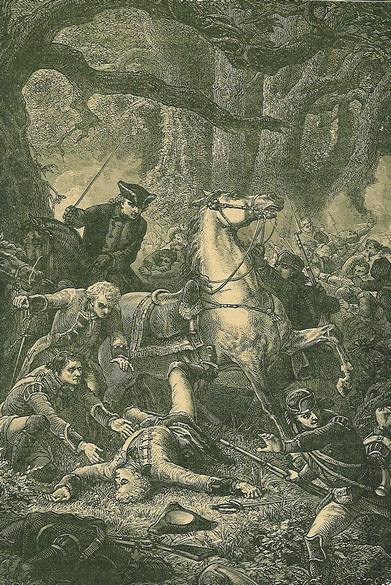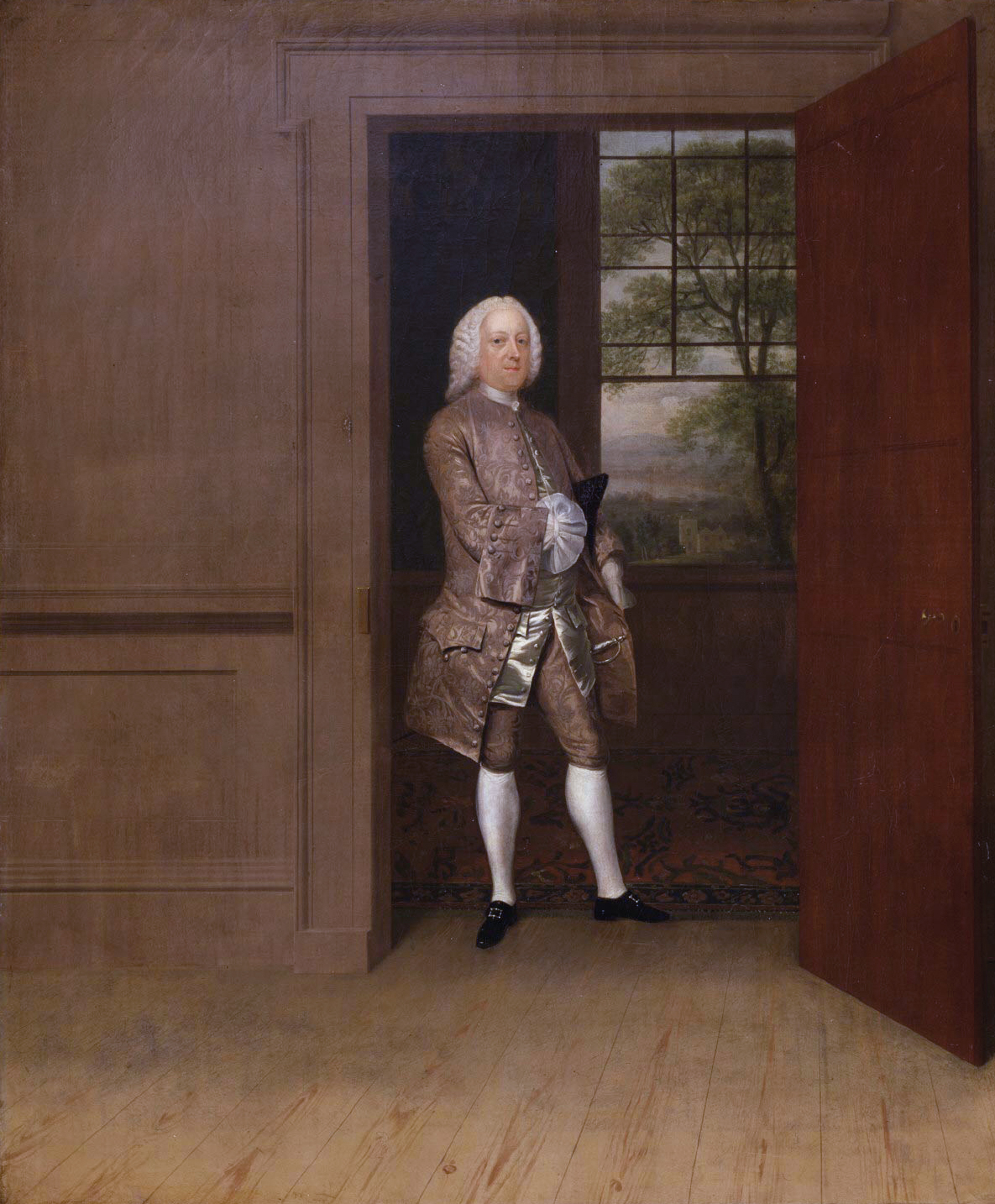Lone Traveler Parts 7 8 and 9The Singular Life Of Benjamin Franklin
By Robert A. Crimmins - Parts 7 (1748 to 1753 - Science, Publishing & The Mail), 8 (1754 to 1757 – War & Politics) & 9 (1757 to 1762 – Limits on Proprietorship)
Benjamin Franklin’s Kite Experiment
Benjamin Franklin and his twenty-one-year-old son were prepared on that hot and humid day in June of 1752. As huge thunderheads rolled over Philadelphia and most people took cover, William and his father hurried to the “commons”, the grazing grounds near their home at Race and Second Streets.
Some of the things they needed for the experiment were already in a shed at the edge of the field. The rest, including a silk kite with a fifteen-inch metal wire attached to the top of its spine had been quickly gathered from the laboratory in their house.
As the final preparations were made the sky darkened and a few heavy drops began to fall. The father took cover, actually he hid in the shed as the son ran with the kite. The elder Franklin, his reputation at stake, could not be seen running through a pasture with a child’s toy, nor did he want to be ridiculed if his bold experiment failed or disproved his theory.
For four years his experiments with electricity had occupied nearly all his time. He moved to the house on Race Street to distance himself from friends and associates who were regularly interrupting his work. The relative isolation permitted the thought and experiments that produced significant contributions to the field. Among them was clarification of the models that described electrical phenomena by coining the terms “negative” and “positive” to describe electrical charges, replacing the much less descriptive, “viscous” and “resinous”. He was also first to use the terms battery, conductor and condenser and by storing the charge in a cloud in a simple capacitor called a Leyden Jar, he would test his most daring hypothesis; that lightning and electricity are the same thing.
The wind became brisk as the storm front passed over. William launched the kite on the far side of the field and ran across it, playing out the string as he went. When he reached his father in the shed, he gave him the tether. Franklin tied the string and a strip of silk to a key. Holding the silk, which was an insulator, he then waited for the charge to build. He was now in a very dangerous position and he and his son both knew it. He had already killed animals with electricity and twice, by accident, he had knocked himself unconscious with it. On one occasion he had stunned and incapacitated six grown men with a sudden discharge and he’d seen drain spouts and sections of metallic roofs reduced to molten jelly. Now, by holding the kite string, Franklin was at the bottom of a likely path of a lightning stroke; a shaft of energy carrying millions of volts that heats the air around it to tens of thousands of degrees.
As the kite danced about overhead he touched his knuckle to the key, hoping to feel a spark. There was nothing. He waited and with each second the likelihood father and son would become charred corpses increased but still the key carried no charge. Thunder rumbled and lightning flashed around them. William pointed out a huge cloud coming toward them. Thunder boomed from it as it passed directly over them. The little kite darted and dove in the gusts near the base of the cloud and again Benjamin Franklin touched the key. Still, there was nothing.
His heart sank. His mind raced as he thought back on the hundreds of experiments he had conducted. Now he was trying to deduce why his theory, which seemed so clear in the laboratory, was incorrect. Then his gaze drifted toward the string and with an exclamation of joy he clapped his son on the back and pointed at the tether. The loose strands were standing erect, just as they had in the laboratory. Slowly, Franklin touched the key and the sensation he and other experimenters knew so well passed into his arm. He touched it again and then had William touch it too.
Now was the point of maximum danger for they had in fact created a charged path. At any moment a discharge that could kill them both was possible, but the experiment wasn’t over. The rain became heavy as Franklin picked up the Leyden jar and touched its center conductor to the key. Electricity from the charged air poured into the jar.
Father and son were jubilant. They had proven lightning was electricity!
Minutes later the storm passed and they reeled in the kite. Franklin told his son to tell no one of their triumph. First, he must compile his findings and publish the results to the scientific community. For most of that summer father and son kept the momentous secret that would make Benjamin Franklin a world figure.
Franklin’s interests in science were practical. For him, investigation and experimentation had to be for some useful purpose, so when he published the results of the kite experiment he included a description of the lightning rod. He didn’t patent it or any of the other inventions he devised throughout his life but rather gave it freely to all. Although there were still some who questioned the benefits of the lightning rod there was little question that Franklin’s conclusions about lightning were correct.
The honors and recognition that followed were phenomenal and they elevated Franklin to very highly honored status. The Royal Society of London made him a member and awarded him the Copley Medal. William Pitt, the great English statesman told the House of Lords Franklin ranked with Isaac Newton, and the King of France, Louis XV, wrote to Franklin, congratulating him on his accomplishments. Such recognition by the scientists and royal courts of Europe had an affect on all the colonies. Benjamin Franklin was from Philadelphia, not London, Paris or Vienna. A candle maker’s son had taken thunder from the Gods and it was suddenly apparent America was not a continent peopled only by savages and outcasts. As Franklin’s stature rose, so did his country’s.
Such recognition by the Europeans had a profound affect on Franklin’s fellow Americans. Their respect for their native son, already great, increased tremendously. If Kings and English statesmen had such high opinions of their neighbor than he was a resource that they must tap. Benjamin Franklin became a very valuable asset indeed.
© Robert A. Crimmins, Felton, Delaware, USA
Lone Traveler
CONTACT ROB CRIMMINS
Click on the icon to purchase the Kindle version of the book at Amazon.



